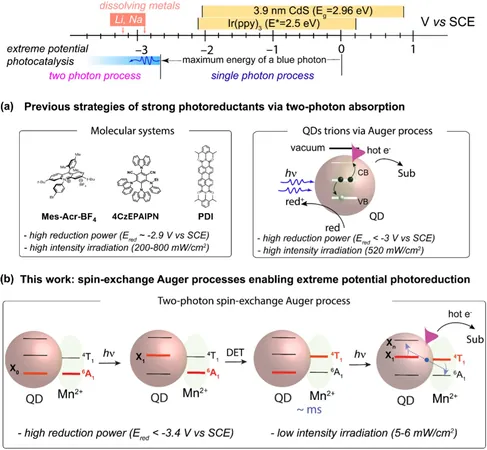
Breakthrough Algorithm Transforms Robotics: Solving Manipulation Challenges in Seconds!
2025-06-05
Author: Rajesh
Revolutionizing Robotic Planning
Picture this: you're gearing up for your long-awaited summer getaway, meticulously shuffling clothes and essentials into your suitcase. For humans, this task is straightforward thanks to our superb spatial reasoning. But for robots? It's a labyrinth of complexity that can take ages to solve.
Researchers from MIT and NVIDIA have just unveiled a groundbreaking algorithm that catapults robot planning speeds, making them capable of addressing manipulation challenges in mere seconds—yes, seconds!
How It Works: A Leap in Computational Power
Instead of plodding through potential actions one by one—a slow approach adopted by many existing systems—this innovative method evaluates thousands of possibilities in parallel. Harnessing the immense brute force of specialized processors known as graphics processing units (GPUs), the robots can now think ahead like a chess grandmaster.
Imagine a factory where robots must swiftly stack and secure diverse items without risking damage or collisions. This new technique doesn't merely save time; it translates directly into cost efficiency. MIT graduate student William Shen, who's spearheading this research, emphasizes, 'If your algorithm finds a plan in seconds instead of minutes, you're saving your business money!'
Cracking the Code with cuTAMP
The secret sauce behind this rapid planning? Enter cuTAMP, the task and motion planning algorithm. It maps out a high-level task plan and a detailed motion plan simultaneously, tackling variables from object orientation to avoidance of obstacles, all while adhering to user-specified constraints.
The algorithm smartly zeroes in on the most promising solutions instead of casting a wide net—this makes the search for the right plan significantly faster.
Efficiency Through Parallelization
By leveraging the power of GPUs, the researchers have turned the traditional optimization process on its head. The computational cost of optimizing one solution becomes equivalent to optimizing thousands—all due to parallel computing scalability.
During tests involving Tetris-like packing scenarios, cuTAMP efficiently devised collision-free plans in just seconds, while conventional methods lagged far behind.
Ready for Real-World Application
In real-world tests, whether on MIT’s robotic arm or NVIDIA’s humanoid robot, cuTAMP delivered results in under 30 seconds—no training data required! This means that robots can swiftly adapt to new challenges, making them versatile problem solvers.
The Future: Robots That Understand You
The next frontier for these innovators is integrating large language models and vision-language models, enabling robots to decipher and execute tasks based on voice commands. Imagine giving a robot a simple instruction and watching it spring into action!
This pioneering work is supported by notable organizations, including the National Science Foundation and NVIDIA. As robotics evolve, the impact of algorithms like cuTAMP could redefine what is possible in our industrial and everyday lives.



 Brasil (PT)
Brasil (PT)
 Canada (EN)
Canada (EN)
 Chile (ES)
Chile (ES)
 Česko (CS)
Česko (CS)
 대한민국 (KO)
대한민국 (KO)
 España (ES)
España (ES)
 France (FR)
France (FR)
 Hong Kong (EN)
Hong Kong (EN)
 Italia (IT)
Italia (IT)
 日本 (JA)
日本 (JA)
 Magyarország (HU)
Magyarország (HU)
 Norge (NO)
Norge (NO)
 Polska (PL)
Polska (PL)
 Schweiz (DE)
Schweiz (DE)
 Singapore (EN)
Singapore (EN)
 Sverige (SV)
Sverige (SV)
 Suomi (FI)
Suomi (FI)
 Türkiye (TR)
Türkiye (TR)
 الإمارات العربية المتحدة (AR)
الإمارات العربية المتحدة (AR)